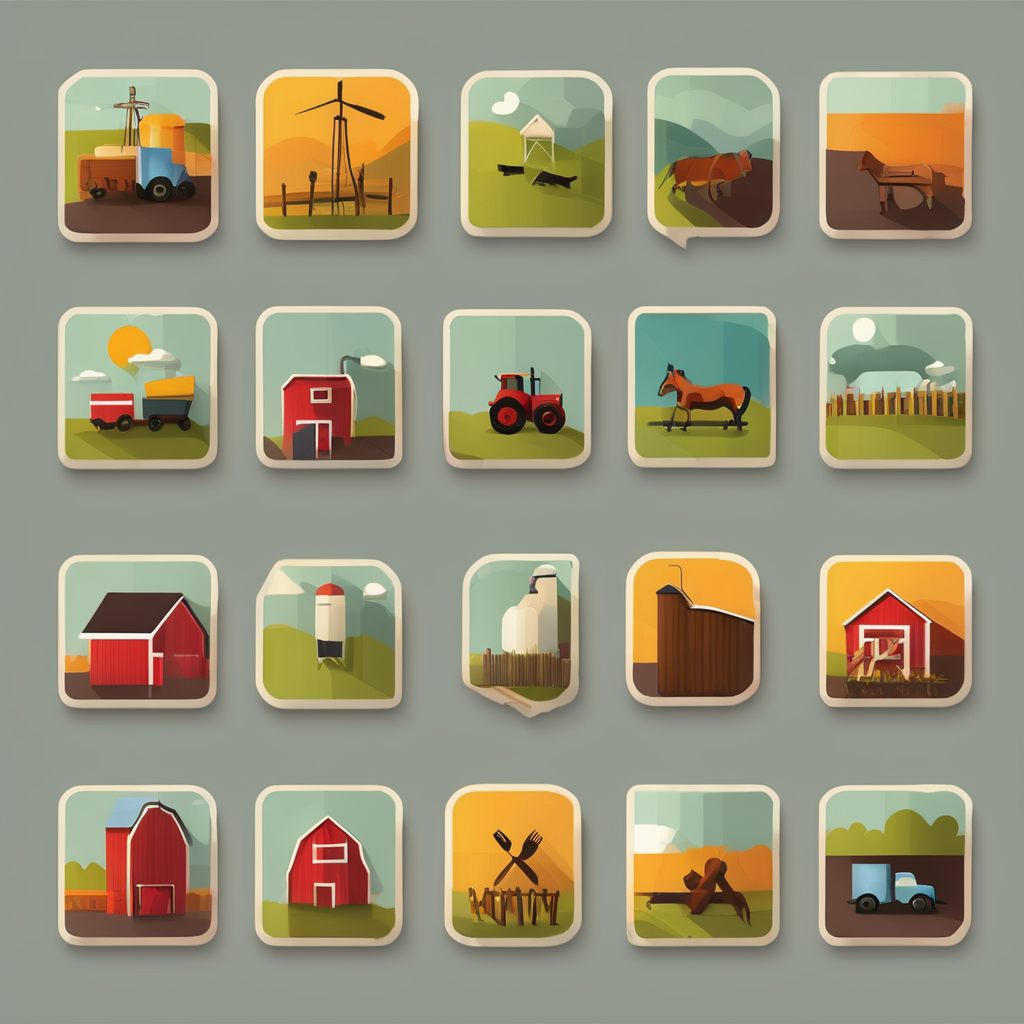Overview of Leading UK Kitchen Colour Trends for the Year
Discovering the latest UK kitchen colour trends reveals a shift toward harmonious yet striking designs. This year, popular kitchen colour schemes in the UK prominently feature earthy and muted tones, such as sage green, warm terracotta, and soft greys. These trending kitchen colours UK resonate well with a growing desire for calming, nature-inspired environments.
Leading designers and consumer studies highlight that these colours support multi-functional kitchen spaces, blending effortlessly into open-plan living areas. The preference for natural hues reflects UK lifestyle influences, where creating a cozy, inviting space remains a priority. Additionally, darker shades like charcoal and navy are gaining traction, offering bold contrasts while maintaining a sophisticated appeal.
Topic to read : What Unique Trends Are Shaping the Future of UK Kitchens?
The UK market itself is leaning toward colours that complement both modern and traditional fittings, emphasizing versatility. This trend supports a balance between statement and subtlety, ensuring kitchens remain timeless yet fresh. Incorporating popular kitchen colour schemes tailored to UK homes allows homeowners to express personal style while optimizing functionality and mood.
Top Trending Kitchen Colours and Palettes
Discovering the best kitchen colours UK homeowners are choosing today reveals a strong preference for balanced palettes that mix calm and bold tones. Among the leading kitchen colour palettes are sage green and navy blue. Sage green offers a soft, natural vibe that fits perfectly with bright kitchen spaces, while navy blue provides a rich, grounding effect that works well in more contemporary settings.
Also to read : How Are New Cooking Technologies Shaping Britain’s Culinary Landscape?
Warm neutrals like beige, taupe, and creamy whites remain essential because they complement accent colours without overpowering a room. These tones create a versatile backdrop for a variety of kitchen styles, from classic to modern. Many British interior designers emphasize this harmony between neutral bases and colour pops.
Bold accents also hold their place in current colour trend examples, often introduced through cabinet handles, backsplashes, or kitchen islands. These accents can be vibrant shades of mustard yellow or deep rust, adding personality without overwhelming the overall aesthetic.
Examining recent collections from top paint brands confirms this direction, showing a sustained focus on best kitchen colours UK that balance timeless elegance with contemporary flair. This palette flexibility helps homeowners customize kitchens that feel fresh yet warm.
Reasons Behind This Year’s Popular Colour Choices
This year’s kitchen colour trends are shaped by a blend of practical needs and evolving tastes. Surveys and sales data in the UK show a clear preference for warm, earthy hues alongside timeless neutrals. Consumers are drawn to colours that evoke comfort and coziness, reflecting a growing desire for kitchens to serve as calming, multifunctional spaces.
Social media plays a significant role in spreading these trends. Platforms showcasing British lifestyle influencers demonstrate how subtle tones complement a variety of kitchen styles—from modern minimalism to rustic charm. These shared aesthetics encourage wider adoption of colours that balance style with everyday livability.
Designers recommend colours not only for their appeal but also for their functional benefits. For instance, muted shades can mask wear and tear better, while brighter tones can enhance mood and energy. Additionally, experts highlight how colour choices impact resale value, with classic palettes often preferred by buyers, making them both a safe and stylish investment. Understanding these factors helps explain why current selections resonate across UK homes and design circles.
Tips for Incorporating Trending Colours in Your UK Kitchen
Adding trending colours to your kitchen can transform the space while keeping it functional and stylish. When integrating kitchen colours, consider starting with cabinetry. Painting lower cabinets in a bold, trendy shade like deep green or navy offers a modern update without overwhelming the room. Upper cabinets or walls painted in lighter, complementary tones maintain balance and openness.
UK kitchen design advice suggests focusing on paint finishes suitable for kitchen environments. Semi-gloss or satin finishes are ideal because they resist moisture and are easy to clean, essential for cooking spaces. Trusted UK paint brands like Farrow & Ball or Dulux provide a rich palette that blends contemporary hues with enduring quality.
Accessories such as splashbacks, handles, and textiles offer an opportunity to introduce colours without commitment, allowing you to test trends before a full makeover. To maintain timeless style, pair intense colours with natural materials like wood or stone, ensuring your kitchen remains fresh and inviting long after trends evolve. This practical approach to kitchen decorating tips ensures your space is both current and classic.
UK-Specific Factors Shaping Kitchen Colour Trends
Understanding UK kitchen style influences requires looking at how British architecture and climate shape colour choices. The often grey, overcast skies prompt homeowners to pick warmer or muted tones that bring cosiness and light into the space. Colours like soft beiges, sage greens, and dusty blues are common for kitchens aiming to complement historic or rustic home styles prevalent in the UK.
Local design trends show a preference for shades that balance tradition with modernity. Collaborations between UK designers and paint brands have further propelled this. For example, partnerships often create palettes inspired by British landscapes or heritage interiors, influencing kitchen colour popularity. These bespoke ranges reflect contemporary tastes while respecting the country’s architectural history.
Regional variations also play a key role. Kitchens in Scotland might trend toward deeper jewel tones that embrace colder climates, while southern England kitchens favor lighter pastels that enhance natural light. This diversity ensures that British colour preferences aren’t monolithic but are instead shaped by local environment and culture, making UK kitchen style influences uniquely varied.

